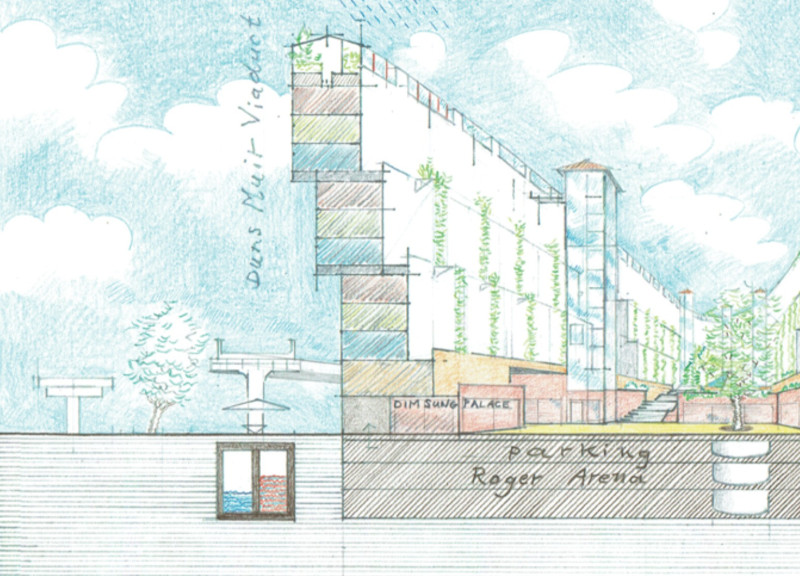5 key facts about this project
# Vancouver Valley Architectural Design Project Overview
Located in Vancouver, British Columbia, the Vancouver Valley project adopts a sustainable approach to urban architecture, emphasizing community living through an integration of natural elements and modern residential spaces. The design addresses urban density challenges by fostering social interaction, ecological sustainability, and quality of life. It embodies a vision for a community-oriented environment that promotes connectivity among residents while remaining anchored to the local ecosystem.
## Spatial Strategy and Community Engagement
The spatial organization of the project highlights a human-scale design, characterized by organic forms and terraced structures that resonate with Vancouver's topography. This layout facilitates communal activities and encourages interaction among residents, incorporating open walkways and social zones that promote a sense of belonging. Individual residential units are designed with terraces and gardens, providing direct engagement with nature and enhancing recreational opportunities. Communal facilities, such as shared gardens and activity spaces, support social cohesion and foster community relationships.
## Sustainable Materiality and Energy Solutions
The material selection is grounded in principles of sustainability and resilience. Predominantly, wood is utilized for both structural and external finishes, creating a natural aesthetic, while concrete provides strength for foundational elements. Glass elements enhance transparency and daylighting, contributing to the overall ambiance of the interiors. Steel frameworks offer structural support and modern design characteristics.
On the sustainability front, the integration of renewable energy sources and efficient heating systems underscores the project's commitment to minimizing its carbon footprint. Passive solar design strategies are incorporated to optimize energy efficiency, ensuring a functional and environmentally responsive building. Green roofs and terraces not only enhance the quality of the living environment but also support urban biodiversity and ecological benefits.


















































